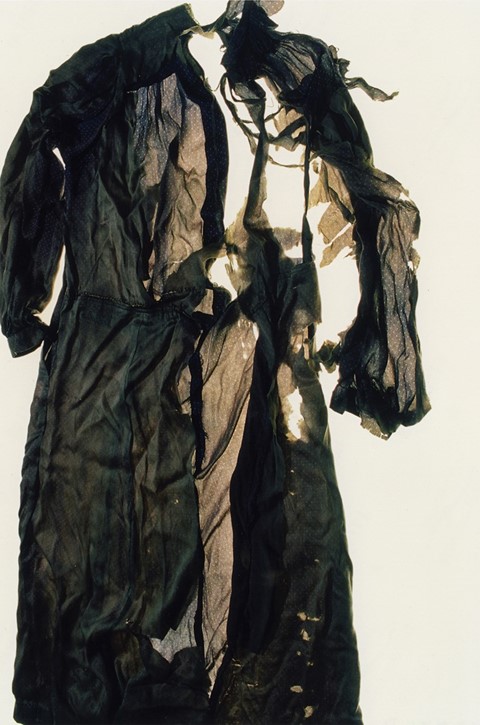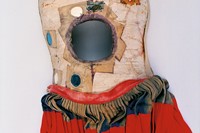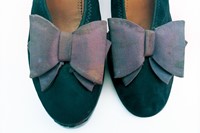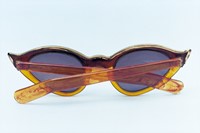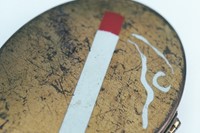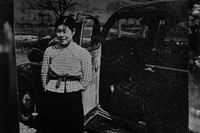The Japanese photographer’s first exhibition in Scotland brings together three celebrated series which examine the remnants of the deceased
The through line of Ishiuchi Miyako’s oeuvre is the passage of time. The Japanese photographer burst onto the scene in the 1970s with Yokosuka Story (1977), a gritty photobook set in her hometown which had transformed into one of the largest American naval bases in the Pacific. For over ten years, Ishiuchi transcribed the dark, residual presence of occupation that haunted Japan decades after the war had ended.
“I took photographs to be in the darkroom,” she says. “It was like a womb for me.” She explains the highly individualised printing style she developed on the back of her studies in textile design – which entailed building images through pushing the film and “scrubbing in” the chemicals across the paper’s surface – as akin to “dying white cloth”.
Ishiuchi’s new solo show at Stills in Edinburgh is one of “firsts”: not only is it her first in Scotland, but it is also the first time her celebrated series Mother’s (2000–05), ひろしま/hiroshima (2007–ongoing) and Frida (2013) have been displayed under one roof. They see the photographer turn her lens away from locations and zoom in on remnants laden with complex histories, thereby underscoring time as her true subject. “Photographs make history,” declares Ishiuchi. “They capture atmosphere, time and memory.”
Said elements find an unparalleled existential gravity in Mother’s. Here, the photographer juxtaposes black-and-white details of her mother’s scarred skin with colour close-ups of the personal effects she left after her death, from lipstick to lingerie. For Ishiuchi, these valedictory works served as a catharsis; a means of reconciliation with a woman who was once near, if not always dear. “After my father passed away, I hoped I would be able to reconnect with my mother,” reflects Ishiuchi. “However, unexpectedly, she too died. With no one left to talk to, I communicated with her possessions. The photographs became a measurement of our relationship.”
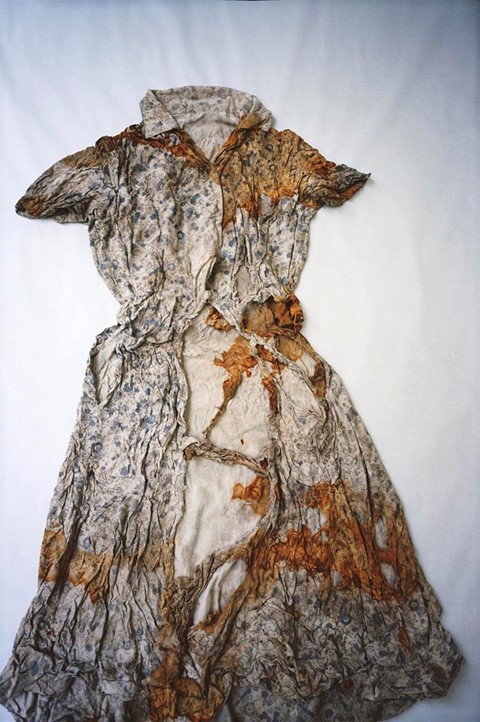
As with any Ishiuchi display, the distance between the works – or, in the words of her UK gallerist Michael Hoppen, her “bold hang” – is of critical importance. The scale of her prints varies dramatically, from the object-based to the life-sized, making for a dynamic kinaesthetic experience. “Identically cut photographs arranged in perfectly straight lines make me uncomfortable,” Ishiuchi confesses. “To see a photograph is to encounter it with your body, so I ask the audience to move accordingly to examine the pieces.”
Ishiuchi’s acclaimed presentation of Mother’s at the 2005 Venice Biennale led to the Hiroshima Peace Memorial Museum inviting her to photograph the tattered articles of clothing that survived the 1945 atomic blast. Kimonos, jackets and smocks – frail as butterfly wings – were shot on lightboxes to ghostly effect. “Each item is time in tangible form,” says Ishiuchi. “They carry the devastation of the worst atrocity committed in human history, so are themselves pieces of history.” Yet while these worn relics bear witness to collective trauma, they also stand out for their individual beauty. “All the photographs I had seen from Hiroshima were in black-and-white and presented as sad, tragic artefacts. However, the things I encountered with my own eyes had all these colours, patterns and ornate designs, which was a complete surprise. The clothes of women were particularly fashionable.”
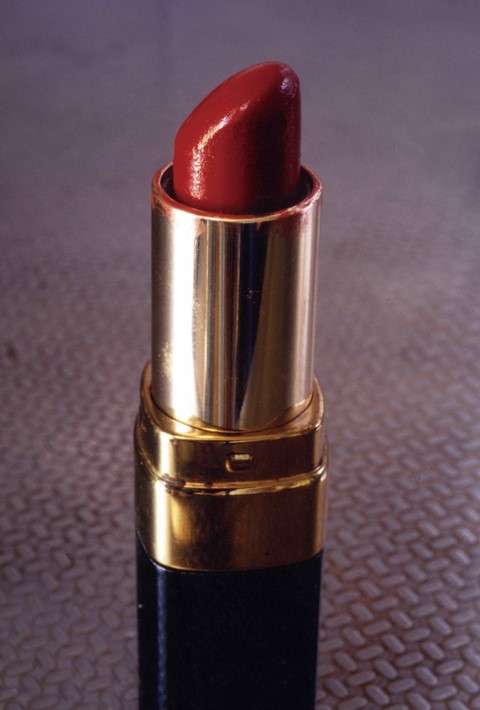
Indeed, Ishiuchi’s commitment to feminist histories underpins her work. “My mother brought Frida Kahlo to me”, she says. While her comment has a literal truth (it was the impact Mother’s made on Frida Kahlo Museum curator Circe Henestrosa that led her to commission Ishiuchi to document Kahlo’s “Blue House” belongings), Ishiuchi also admits to there being parallels between the two women, who lived through injury and adversity. In Frida, Ishiuchi subtly invokes Kahlo’s biography through her sartorial inventiveness: the odd shoe sizes that balanced her gait; the symbolic hole she cut in her corset after her miscarriage; the puckered hand-stitching across garments, reminiscent of the scars Ishiuchi mapped on her own mother’s body. “Scars are like photographs,” says Ishiuchi. “They are visible events recorded in the past.”
“Traditional clothing has the same form around the world,” continues Ishiuchi. “I saw similarities between the Tehuana dresses Kahlo wore and the Japanese kimono. They are functional pieces, designed to cover the body, not bind it.” The equal reverence with which Ishiuchi treats each artefact – whether iconic or anonymous – is transferred into the exhibition, where her series overlap without categorisation or captions. “I want people to see the photographs with their own language,” she says. “The viewer has to decide their meaning.” What Ishiuchi ultimately invites us to seek is the universal within the individual. Few photographers of our time have engaged so eloquently with what is the most universal of truths: that time puts its stamp on everything.
Ishiuchi Miyako is exhibiting Mothers, ひろしま/hiroshima and Frida at Stills, Edinburgh until 8 October 2022.
